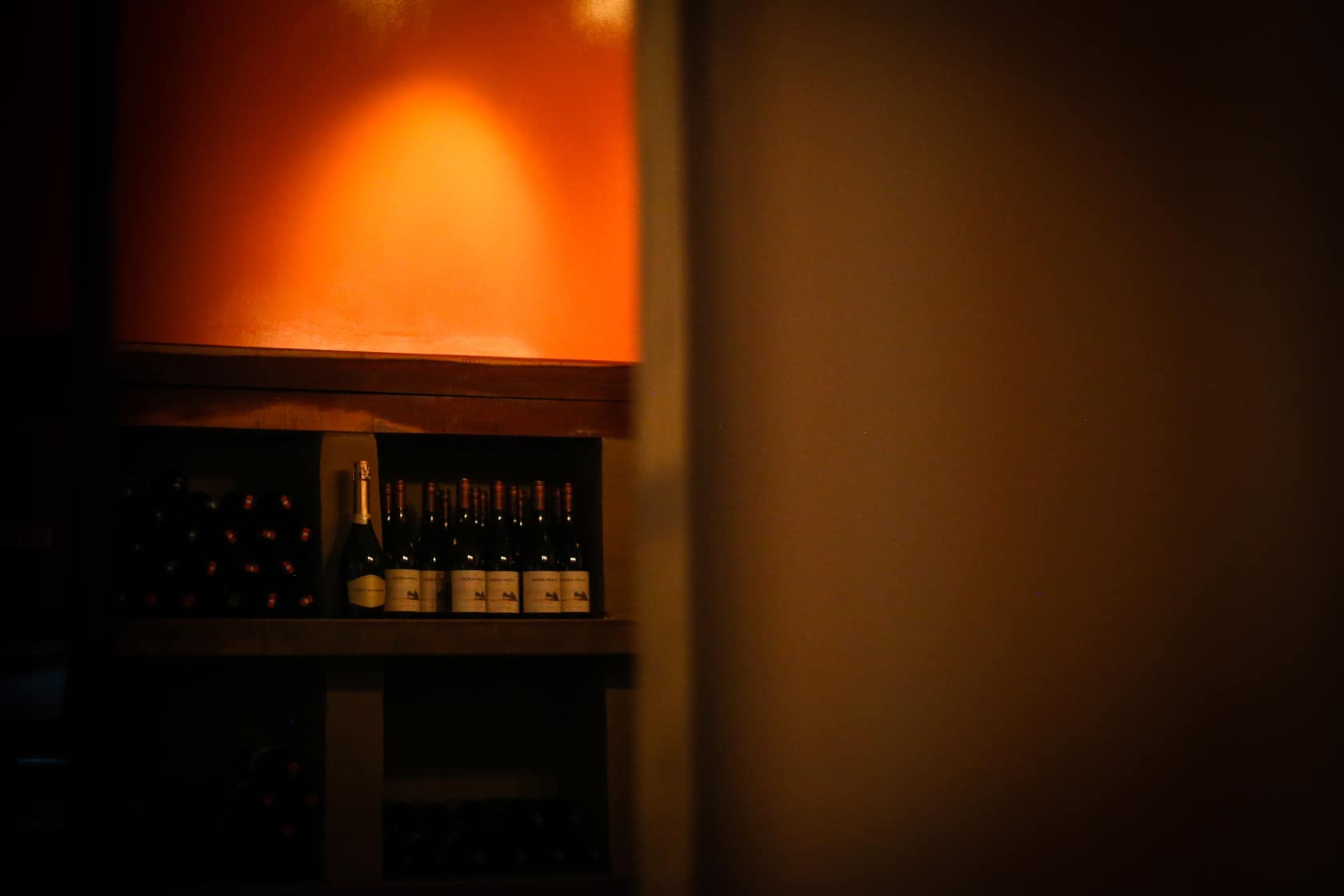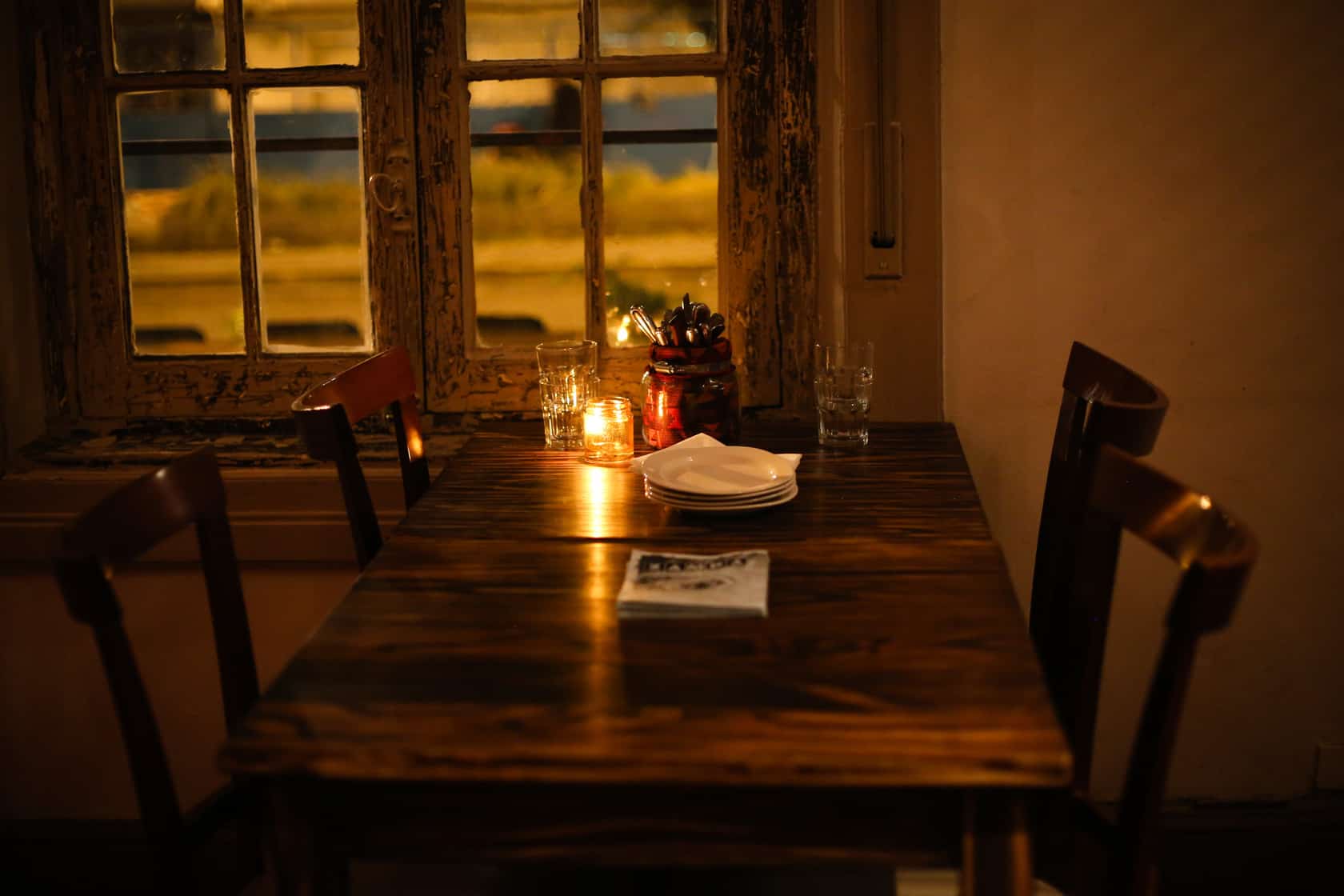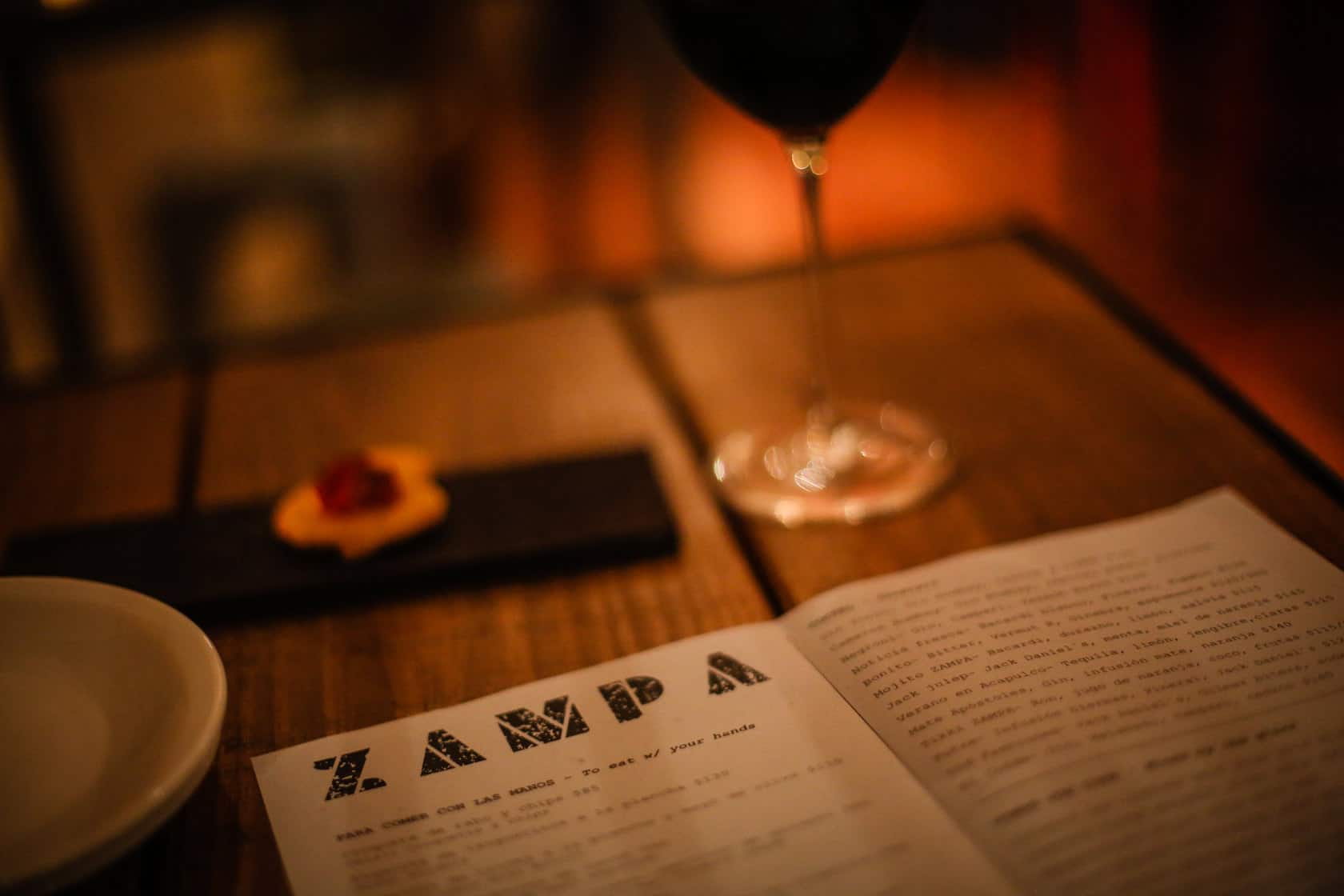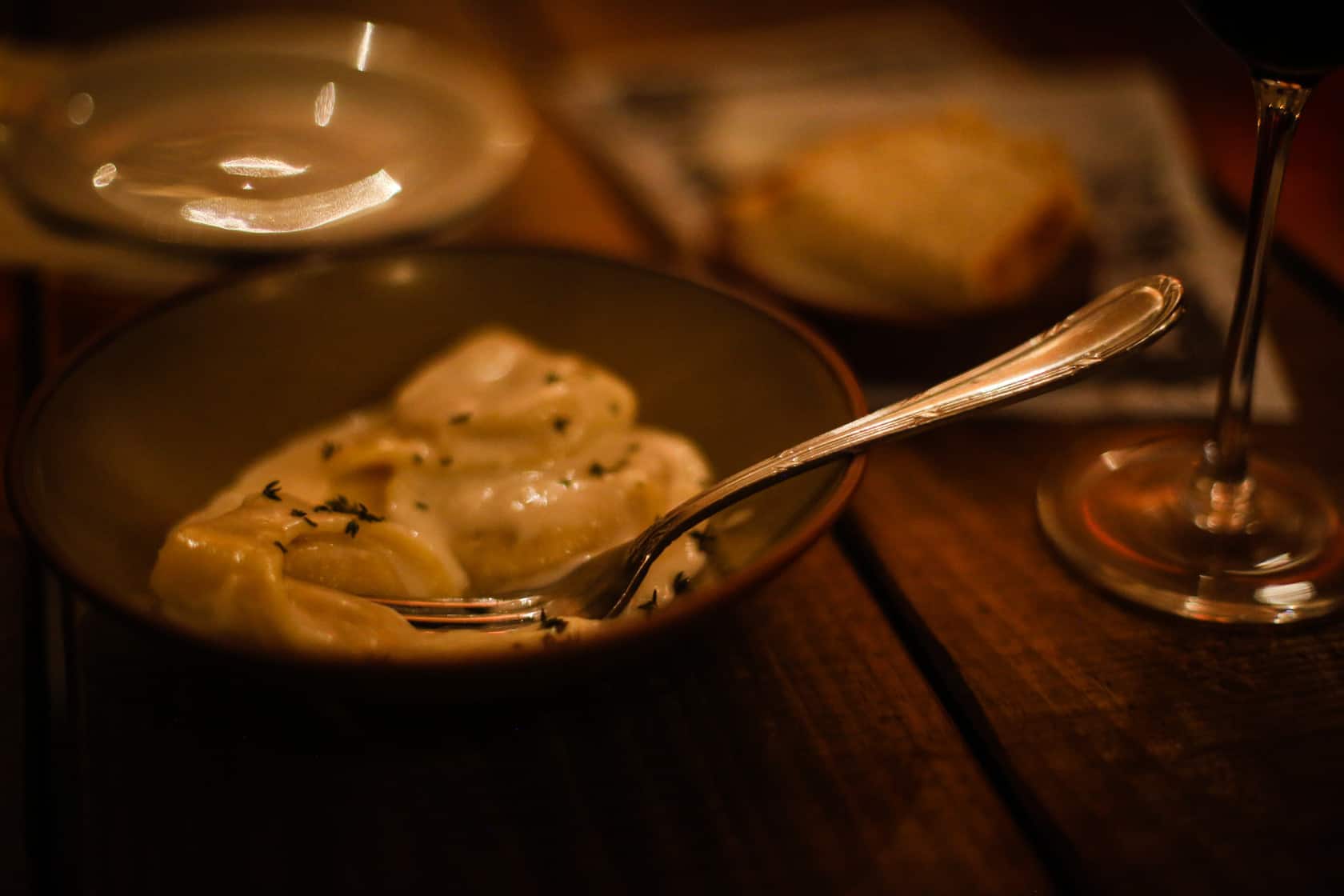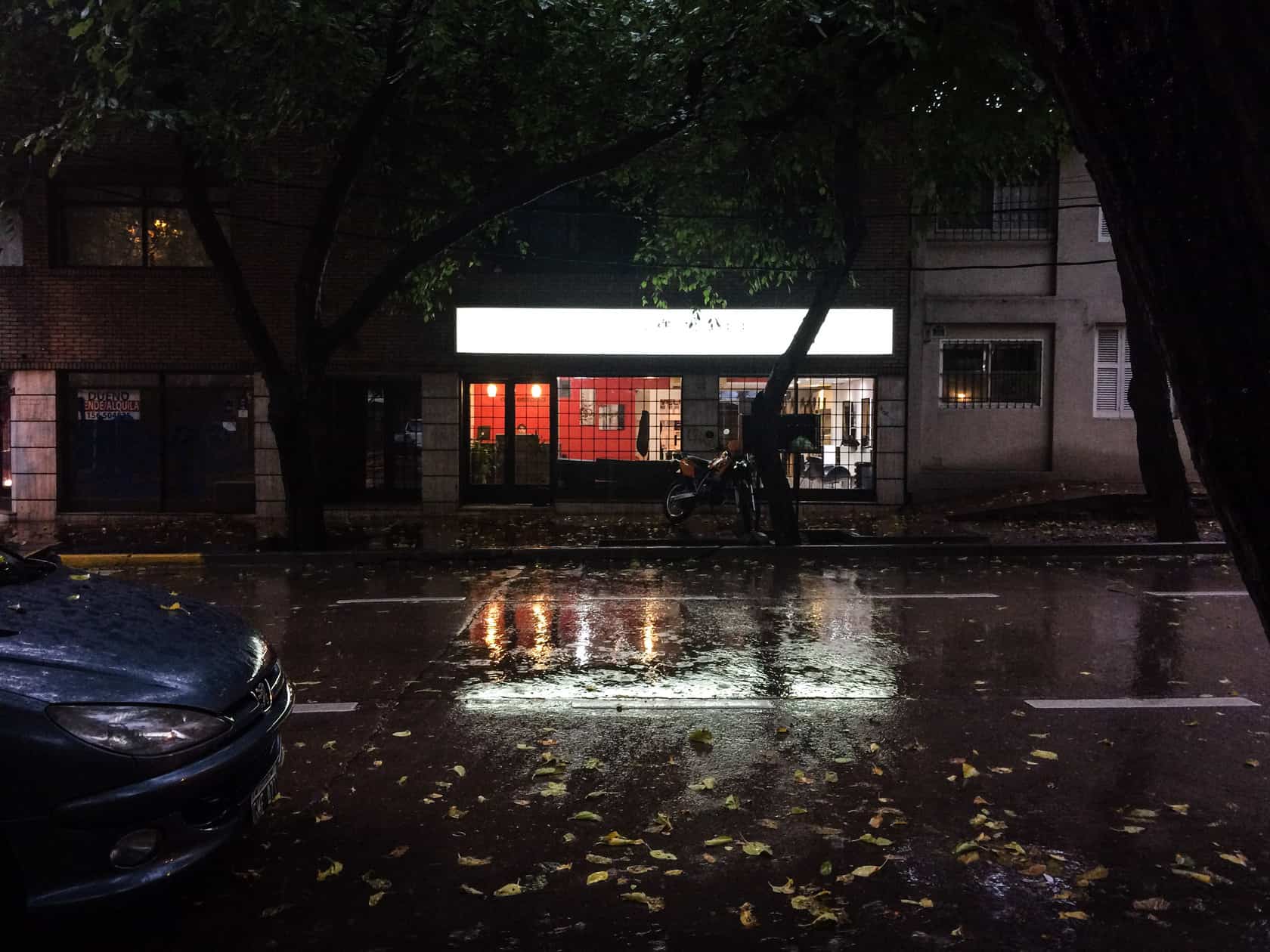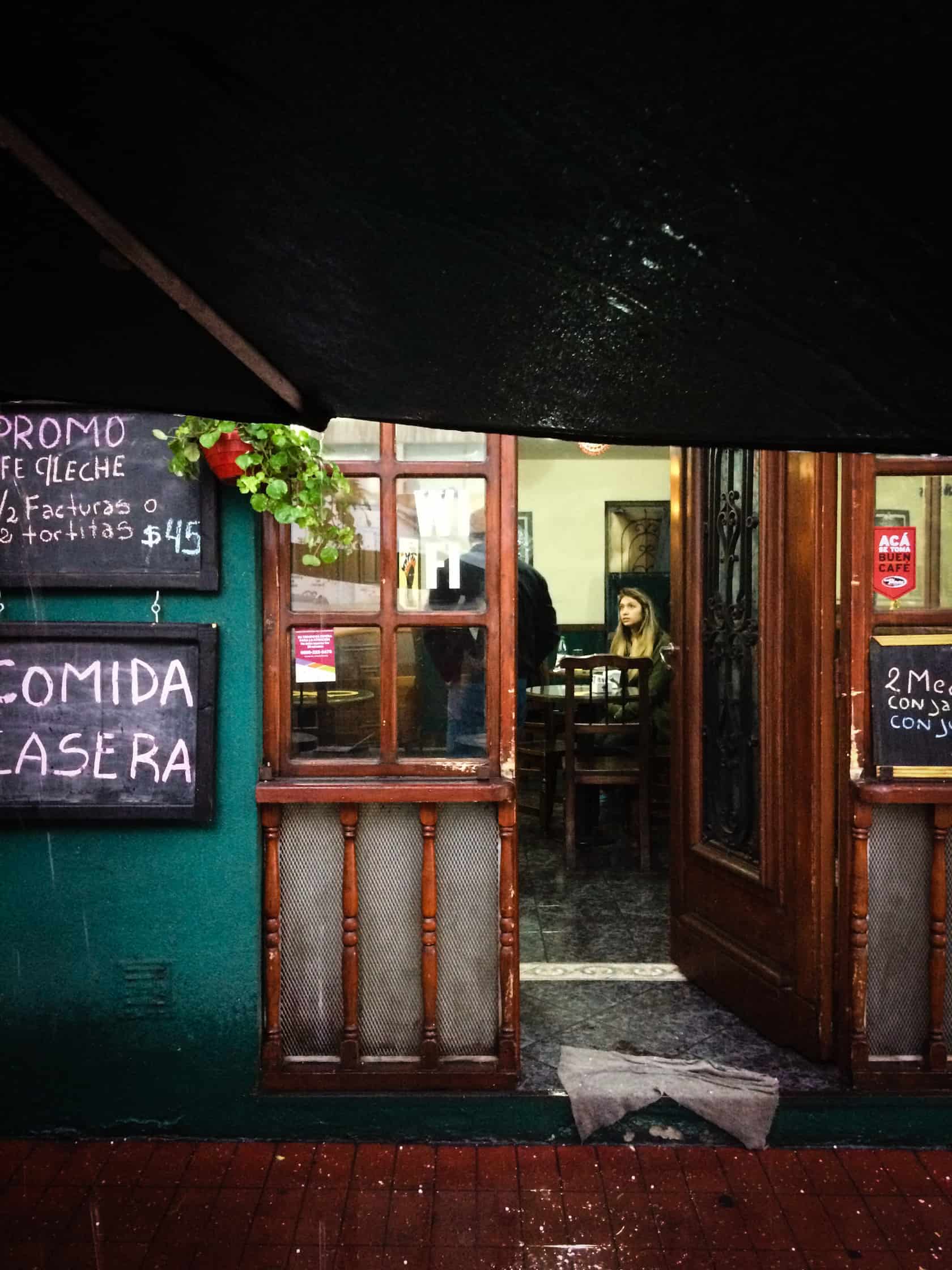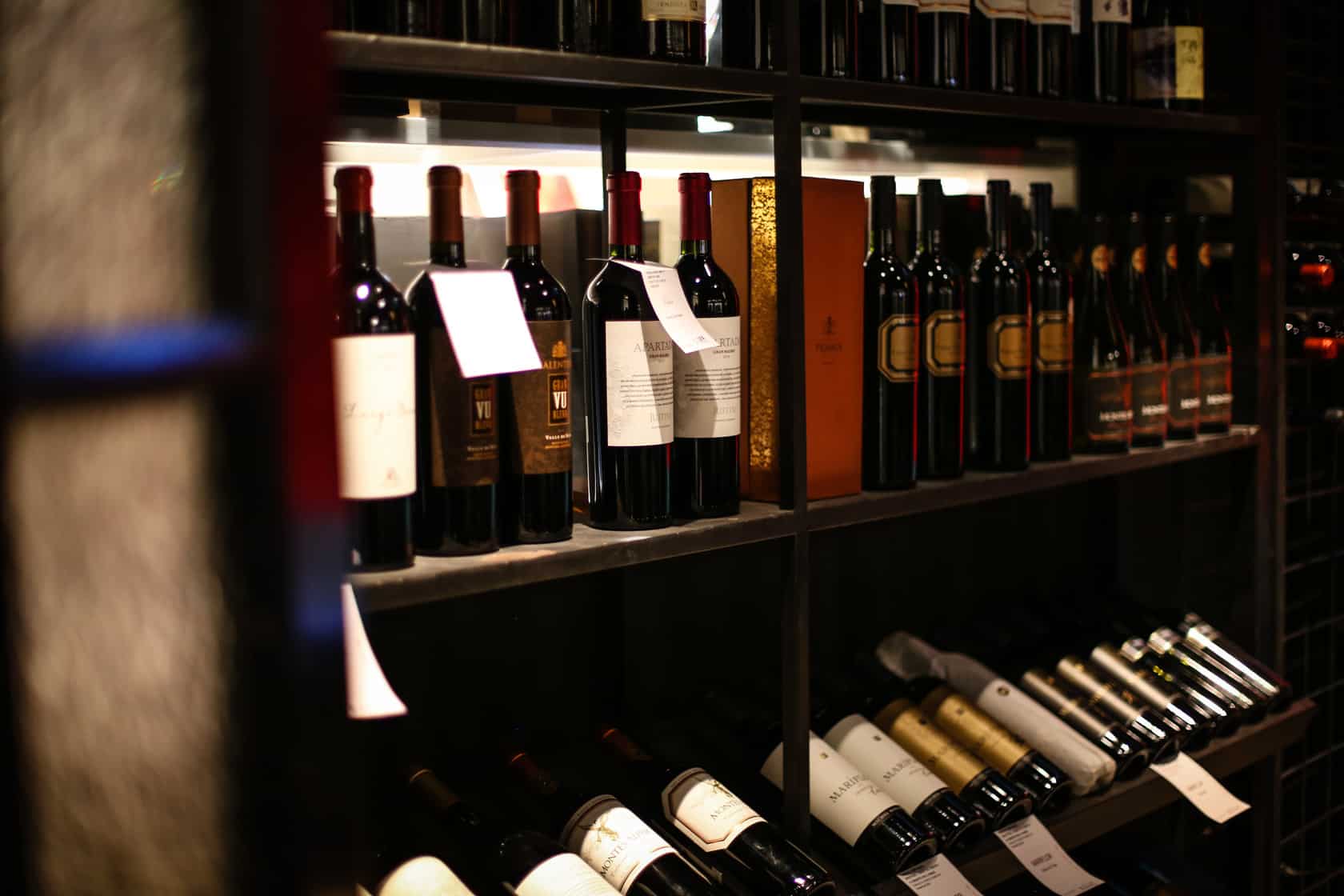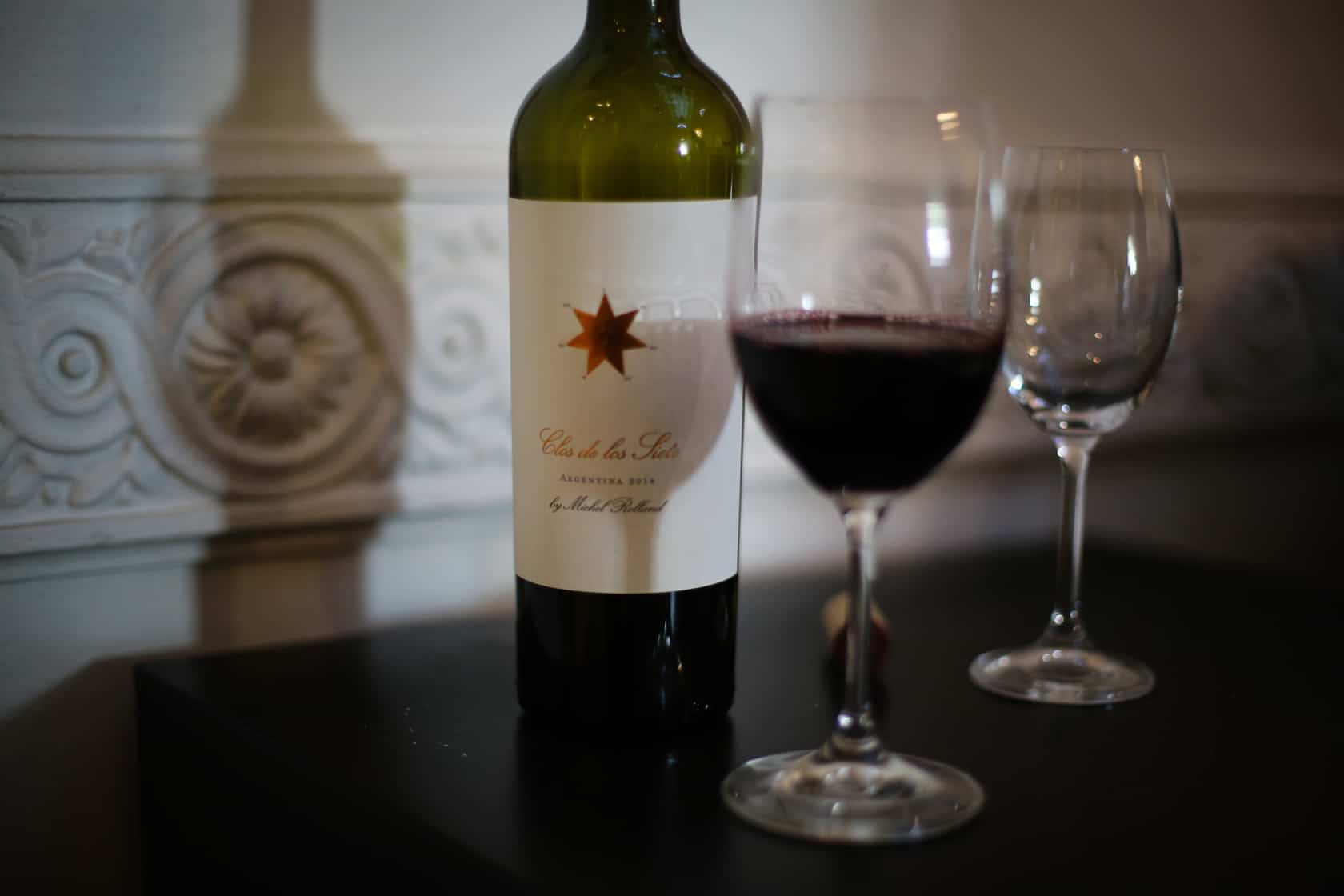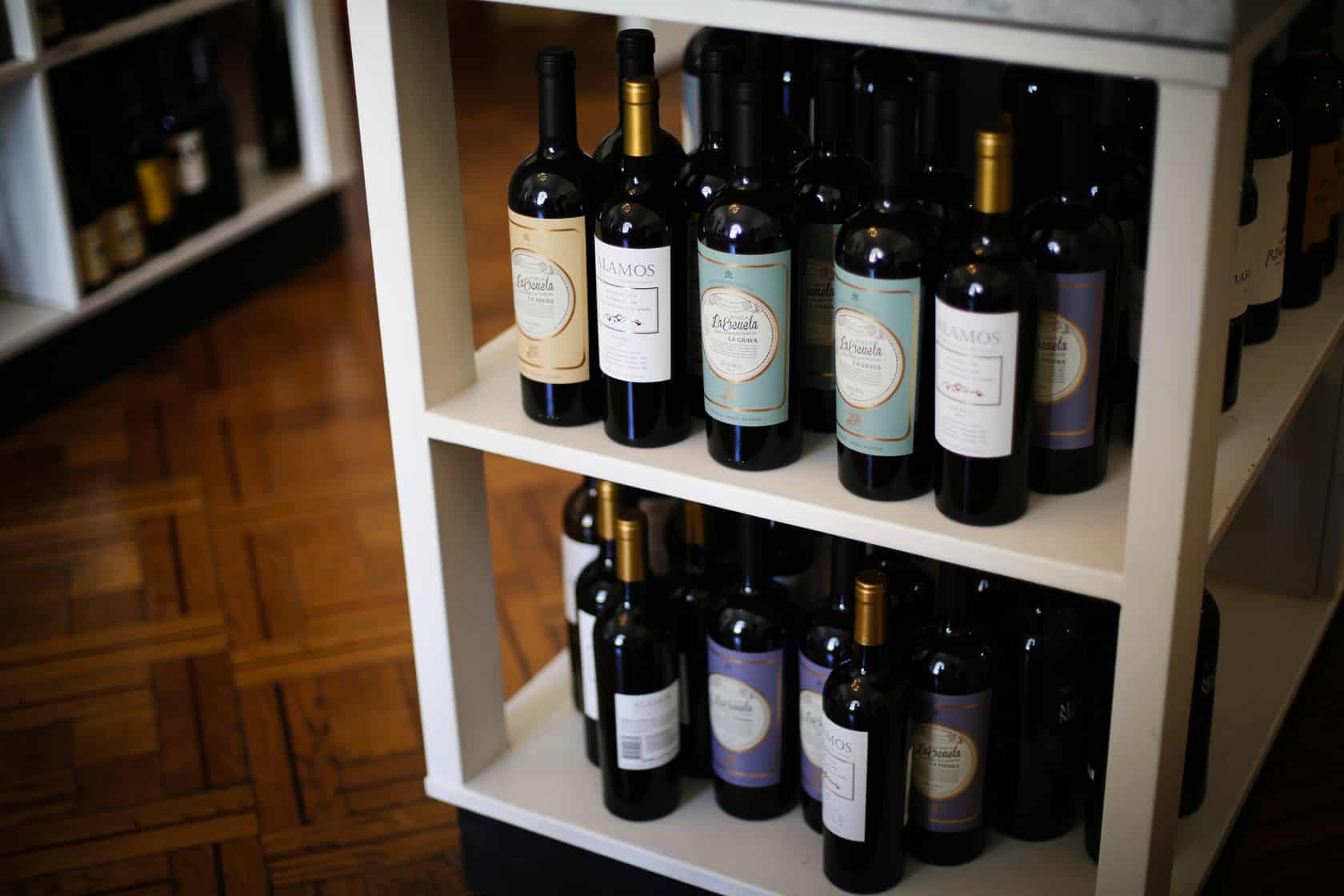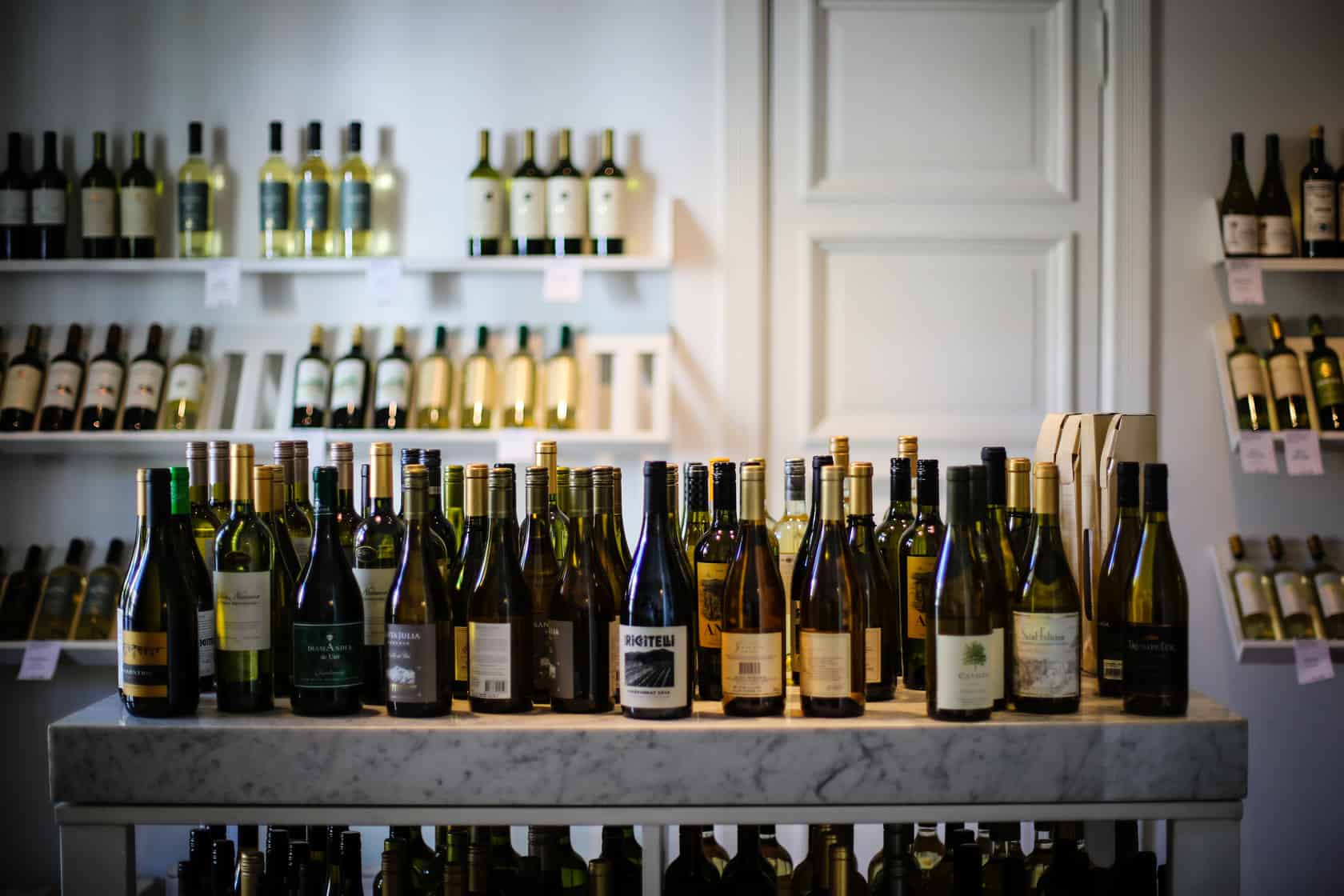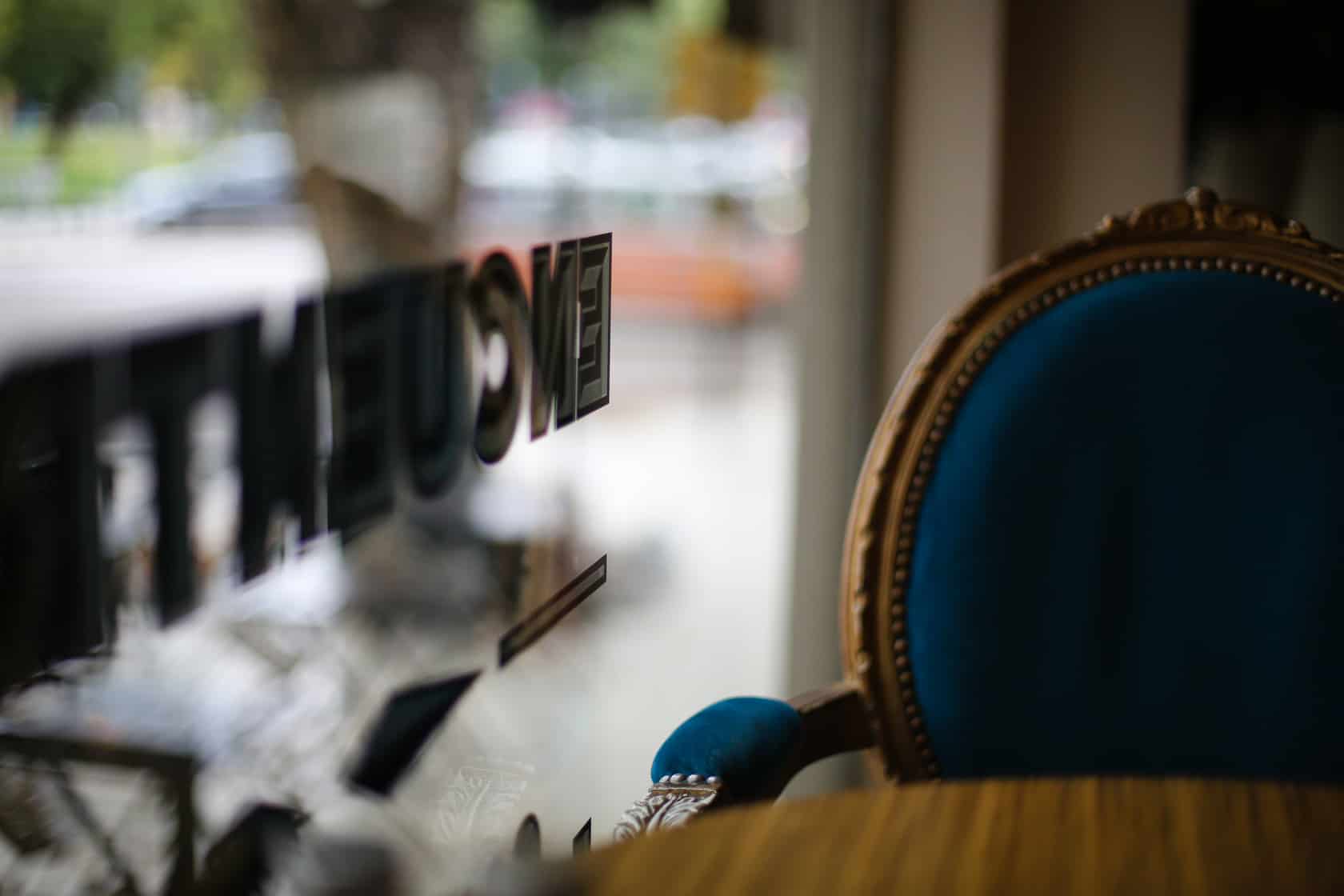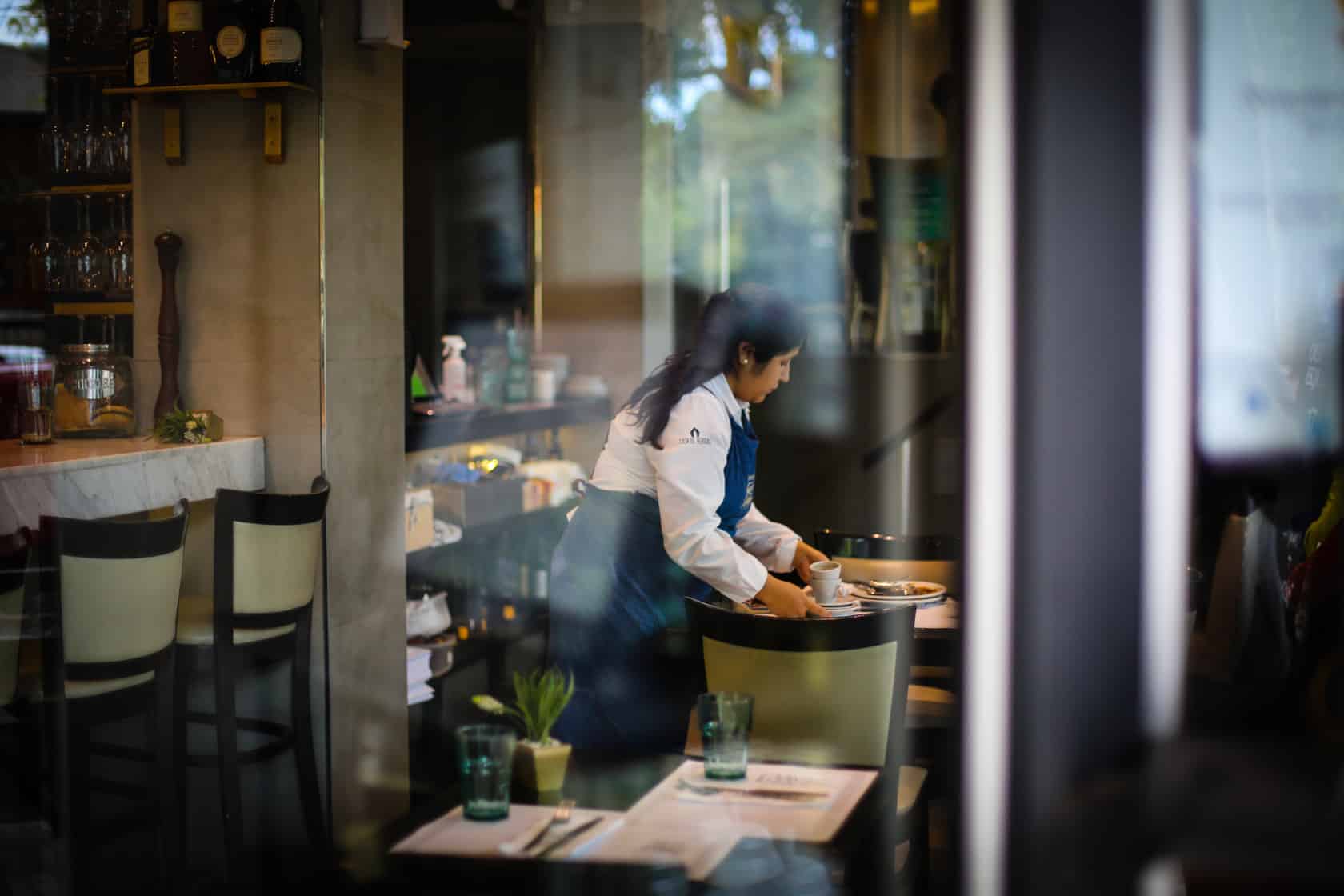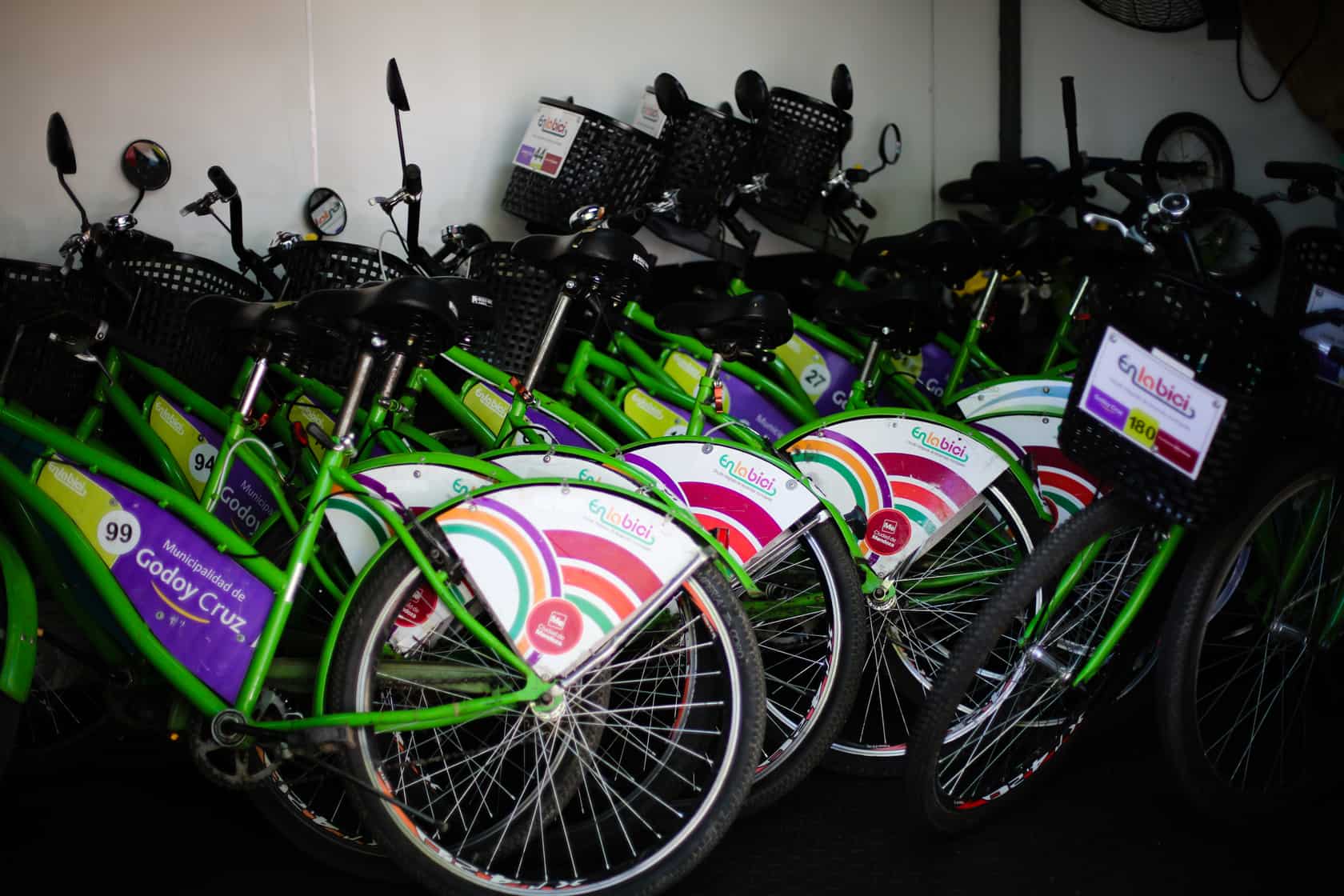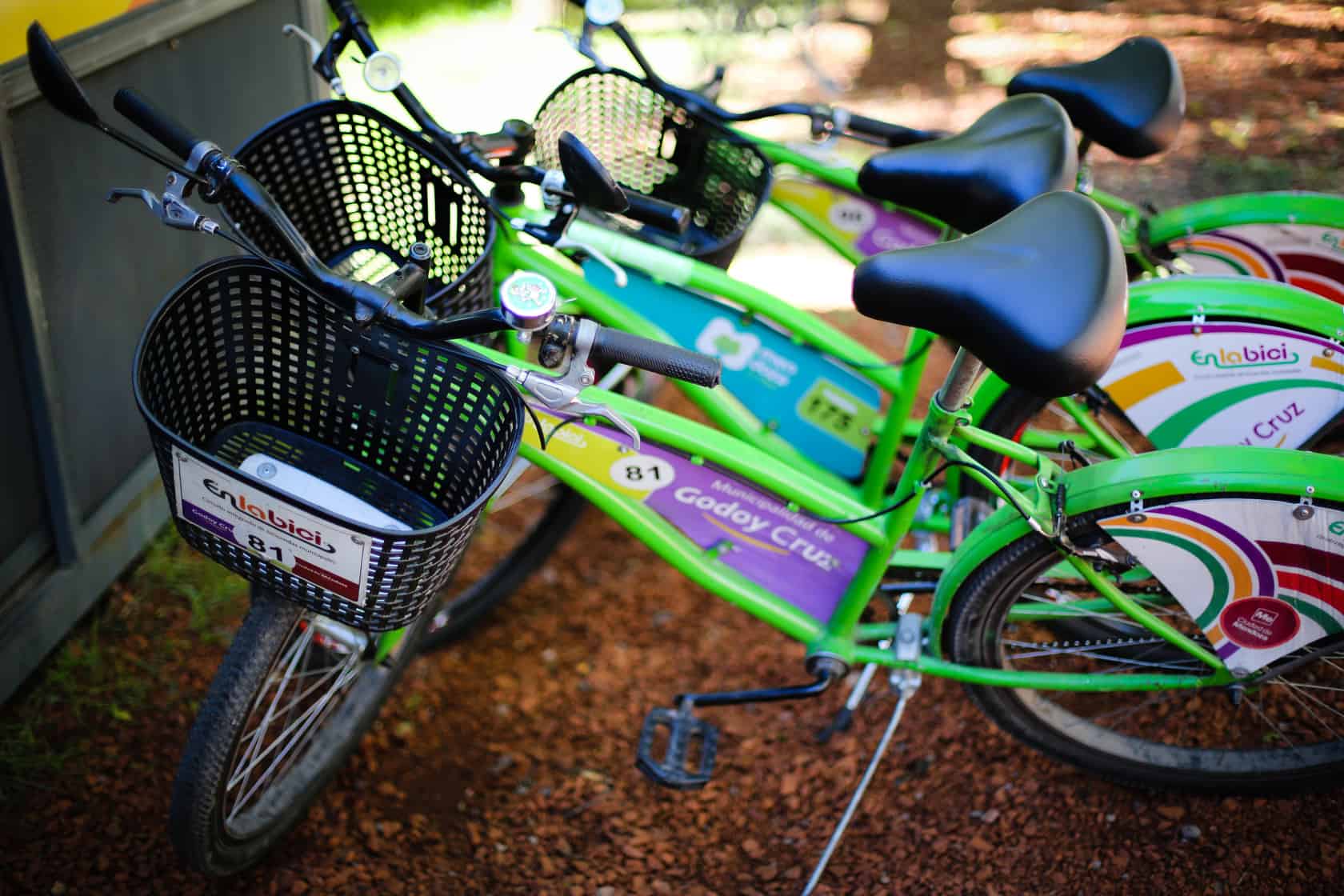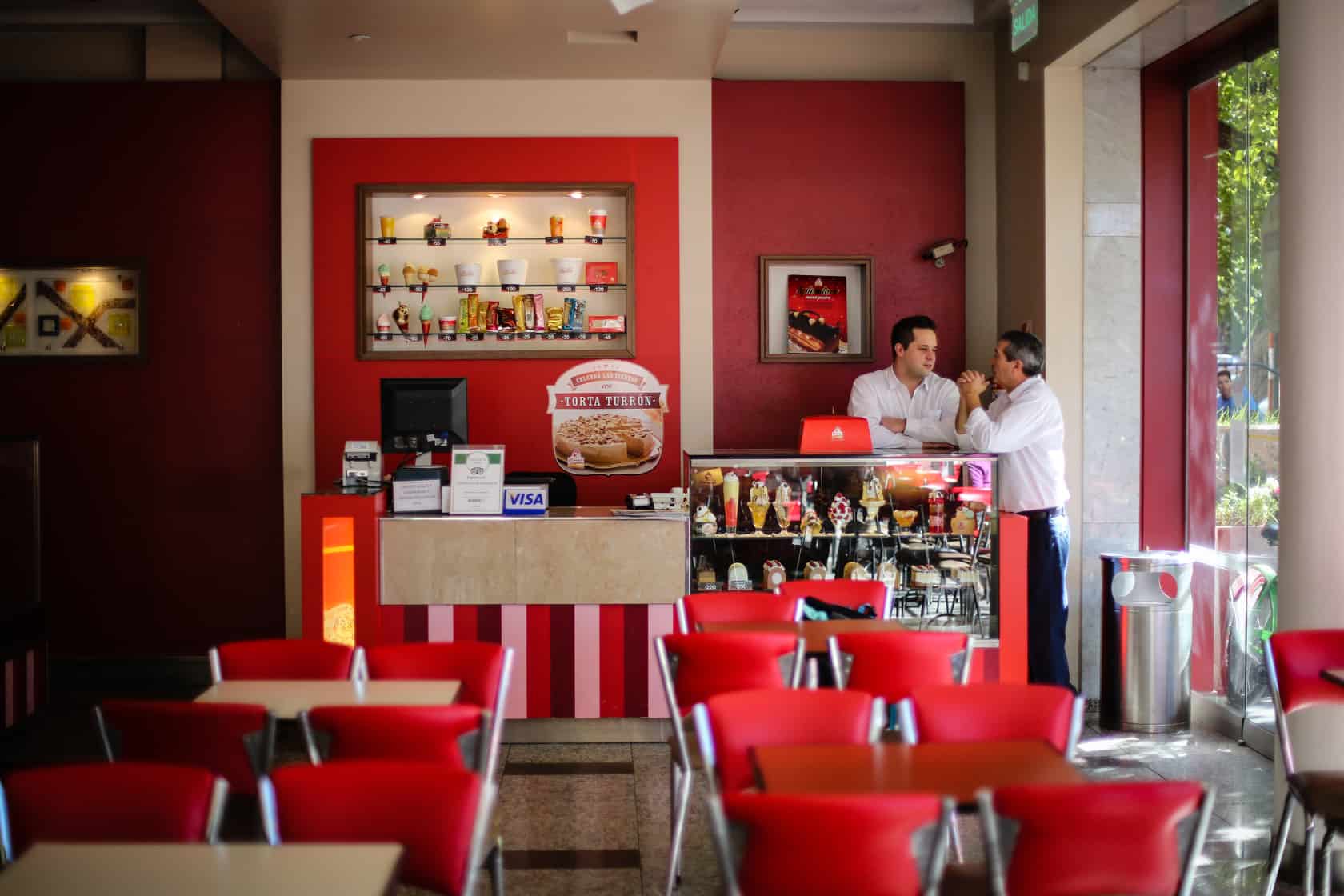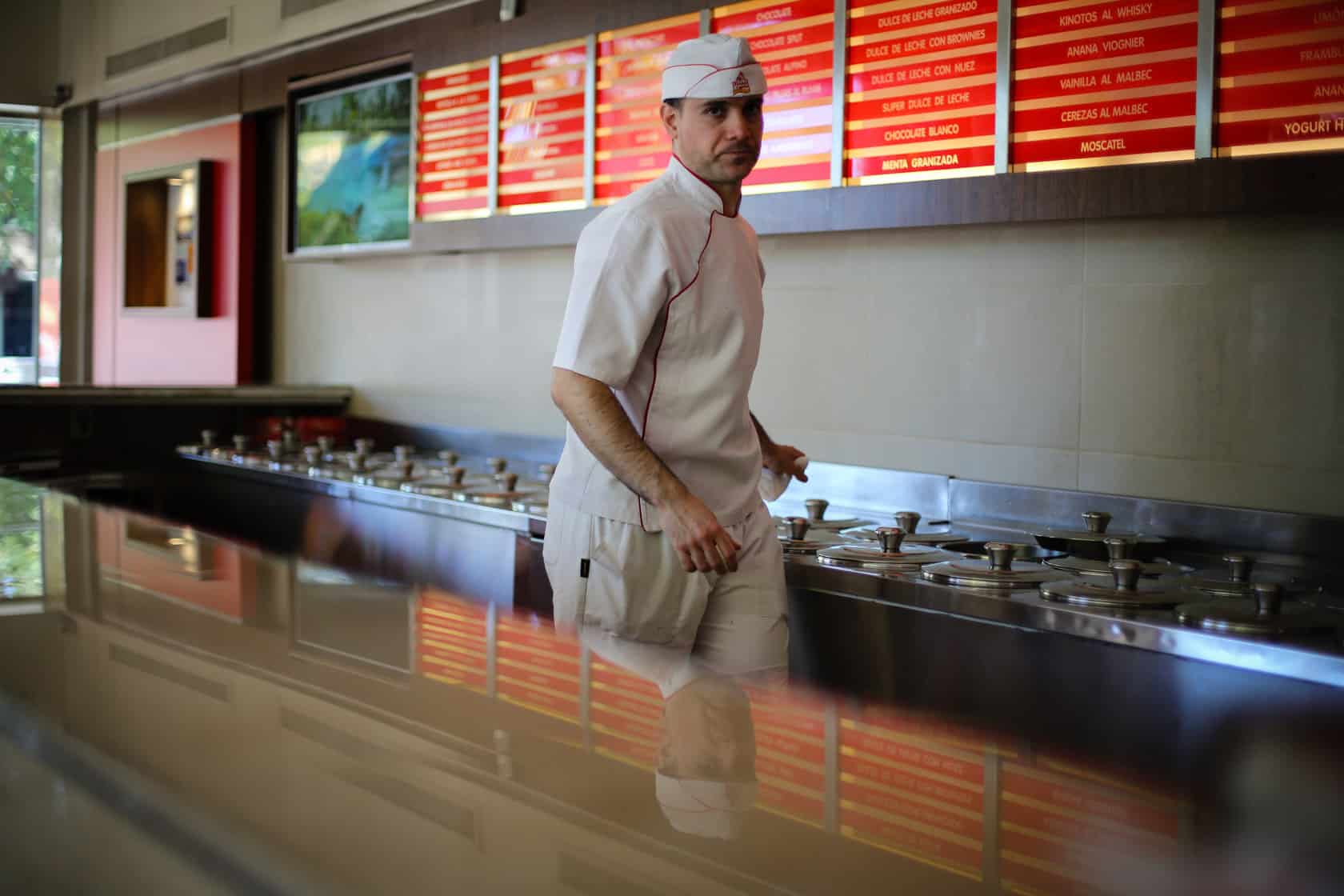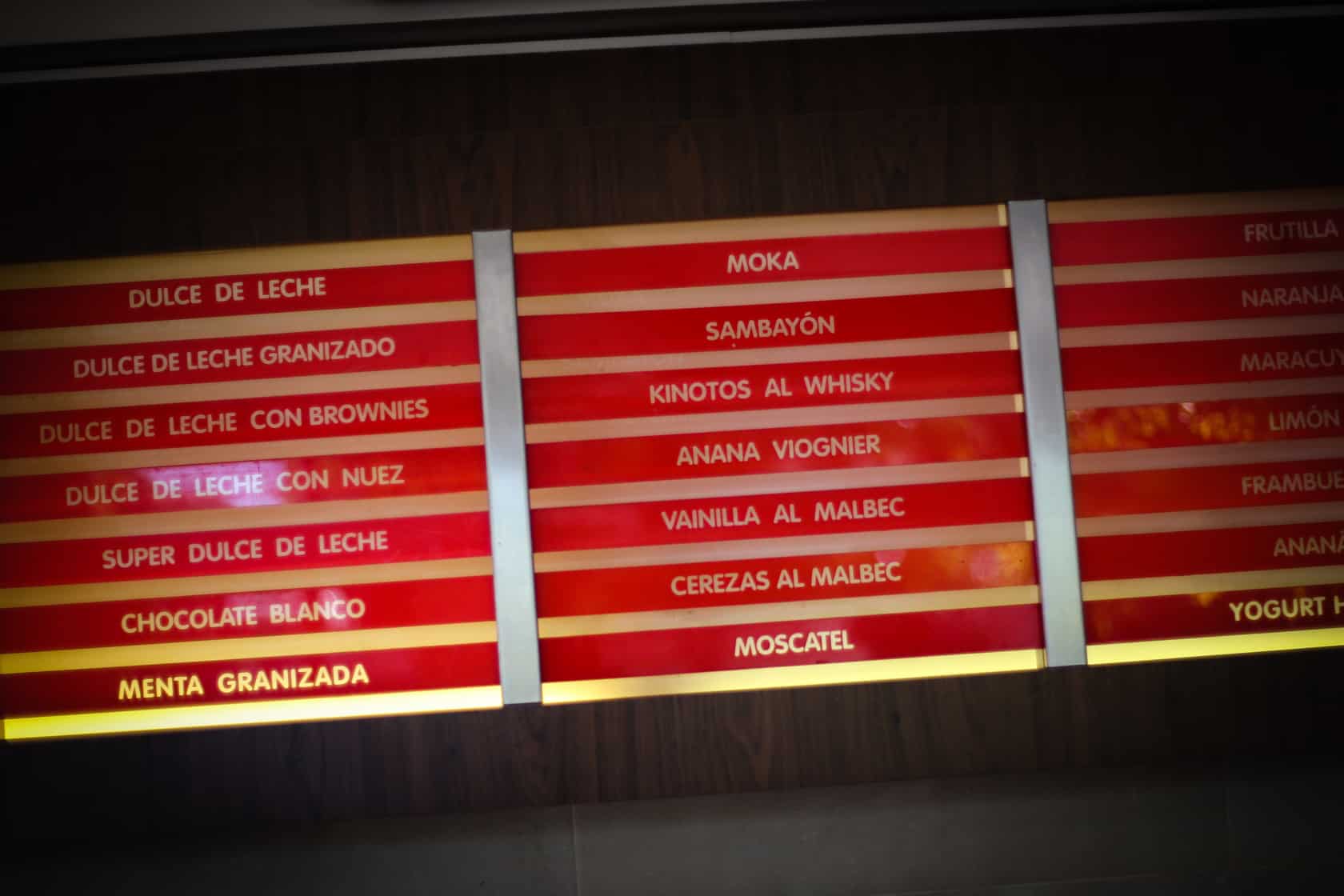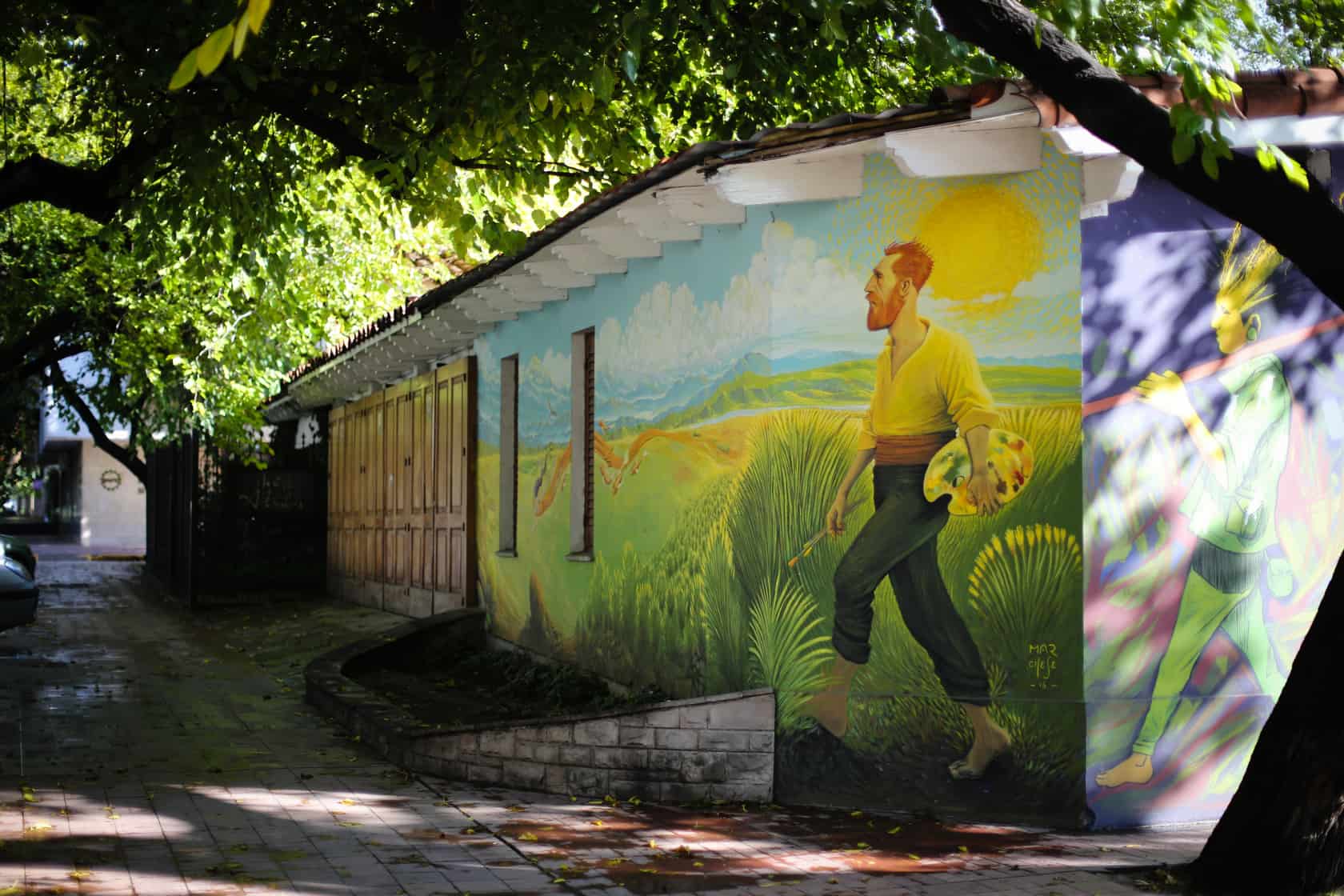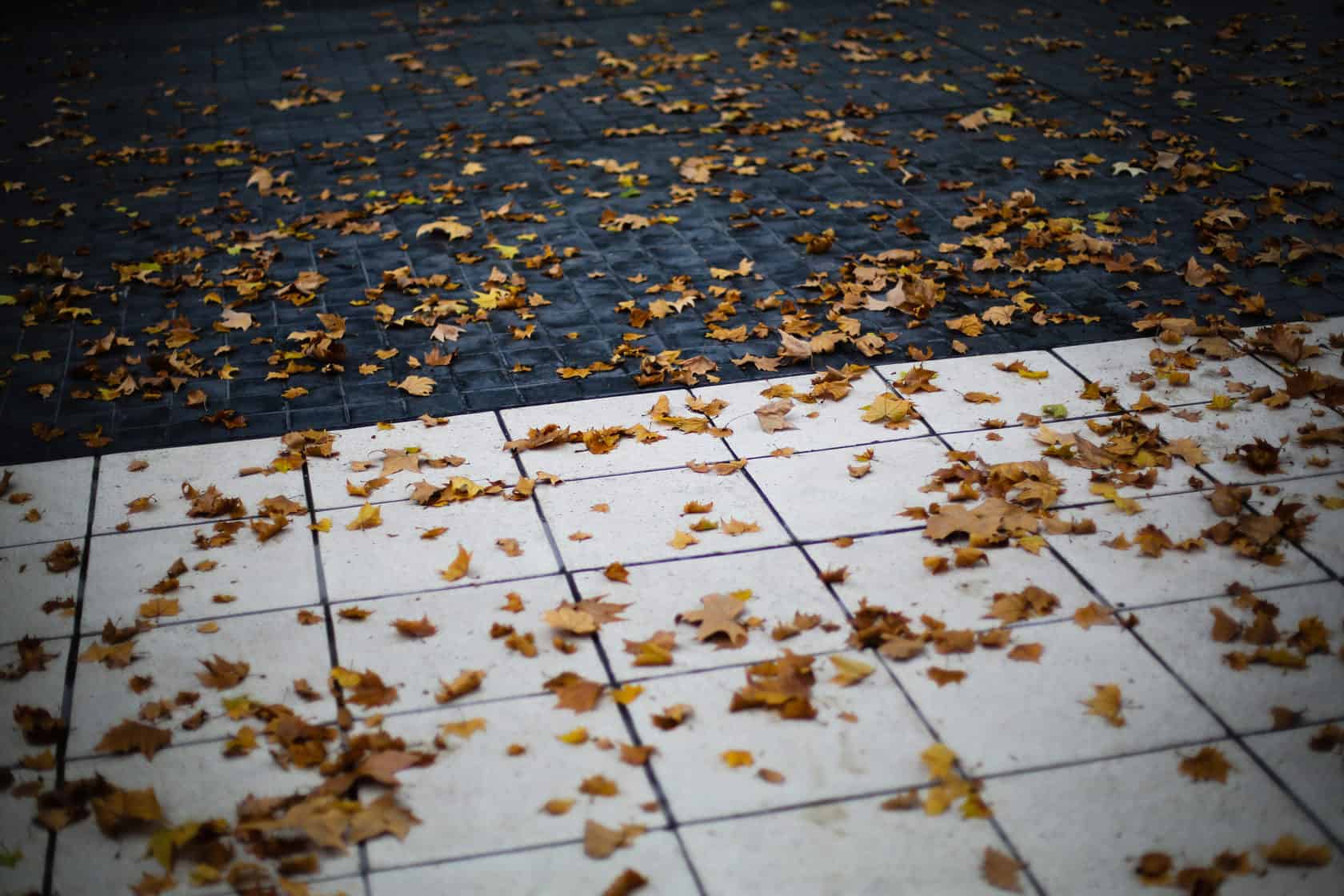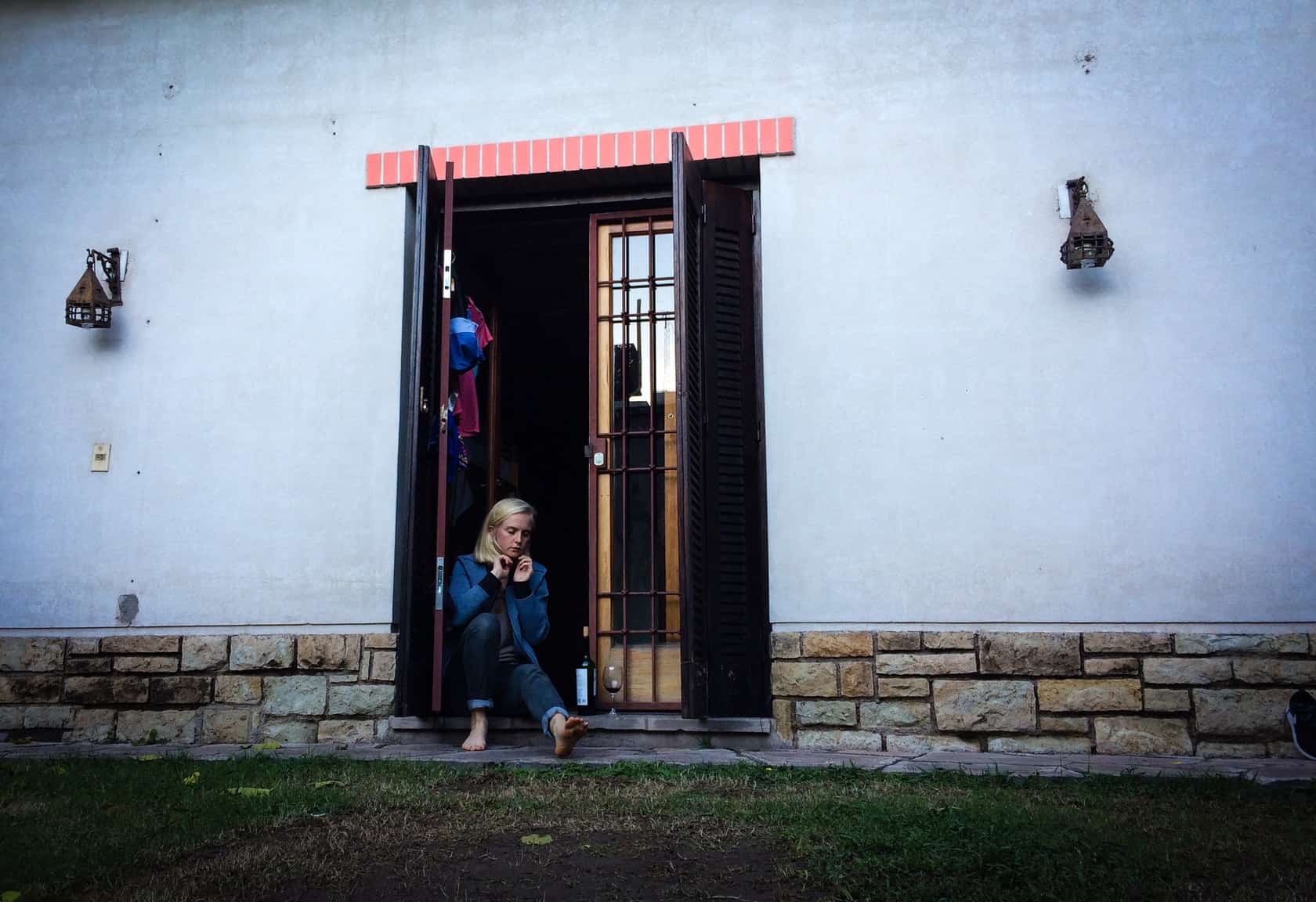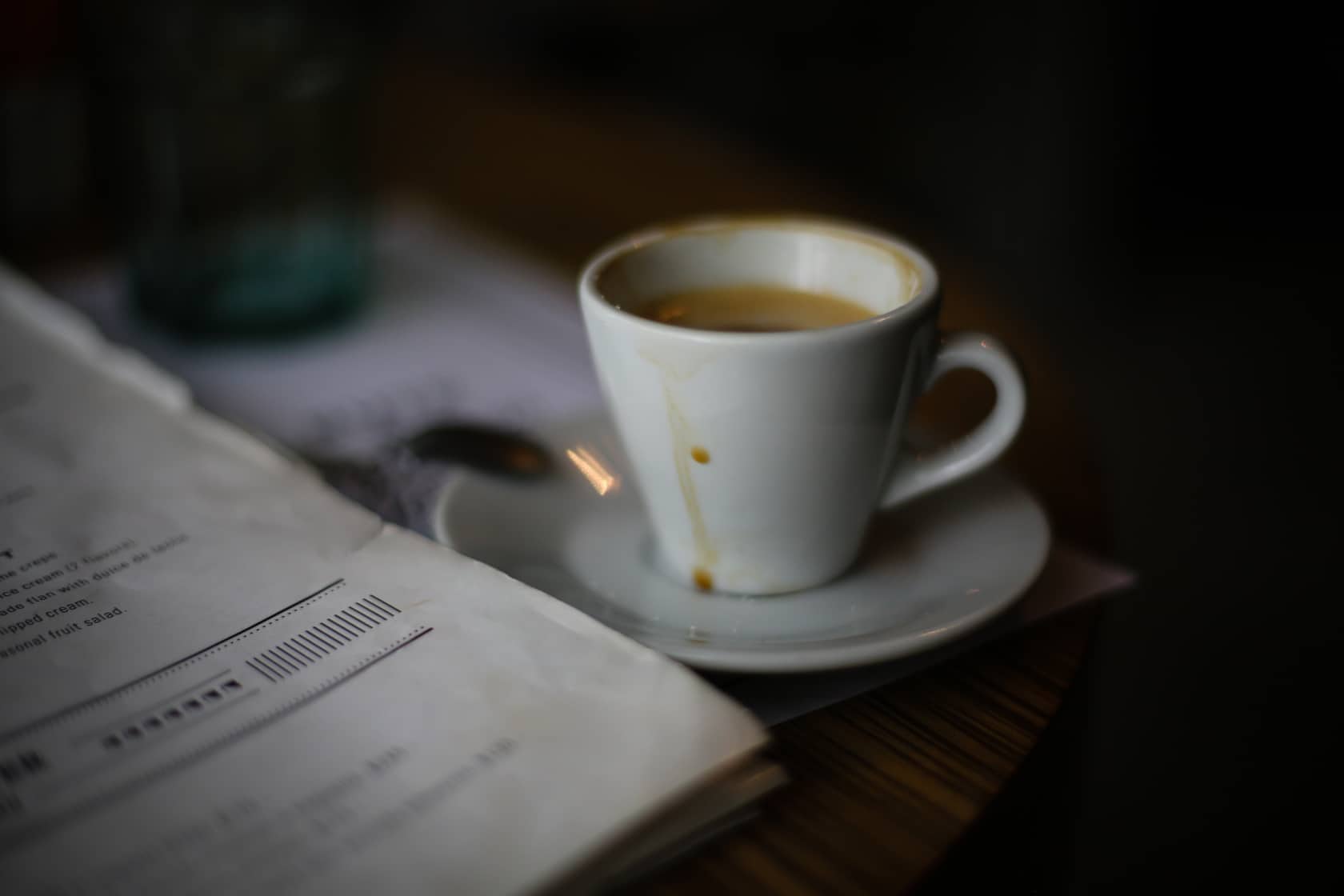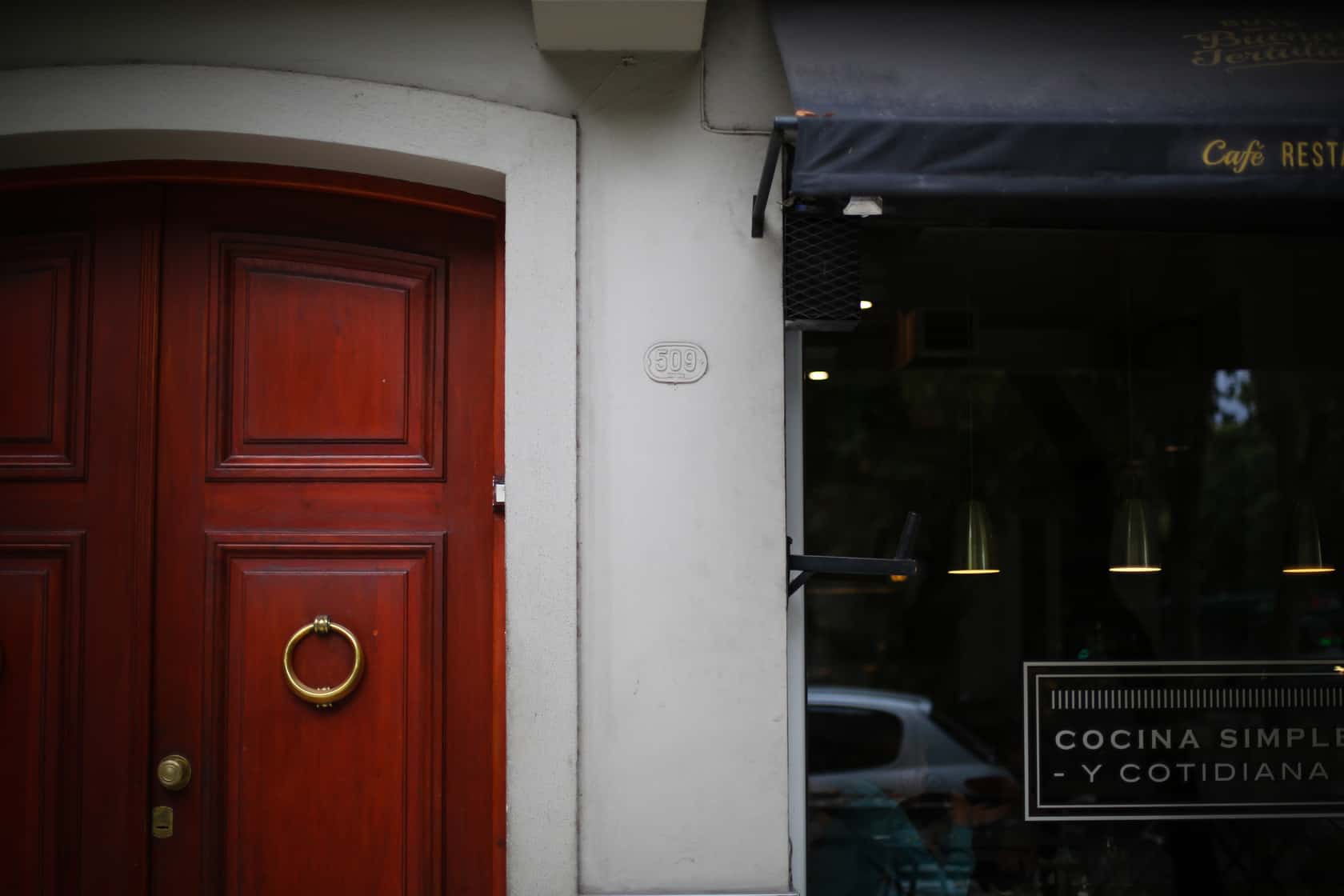Mendoza is a city in the heart of Argentina’s wine country.
Mendoza is a city in the heart of Argentina’s wine country. Here’s a quick breakdown of what it’s like: take Napa Valley and stick the continent’s tallest mountain within a two-hour driving distance. Then, throw in some Spanish (colonial) architecture, a serious culinary affinity for meat, the same amount of wine, and rewind time about a half a century.
This week, I spent two slow, foot-powered days exploring Mendoza. I explored everything from wineries to bakeries to restaurants I knew I could never afford. (i.e. not actually entering, just peering in the windows and snapping a photo. Sorry Marie Antionetta.) What follows here is half photo essay, half written account of these 48 hours in Argentina’s Mendoza.
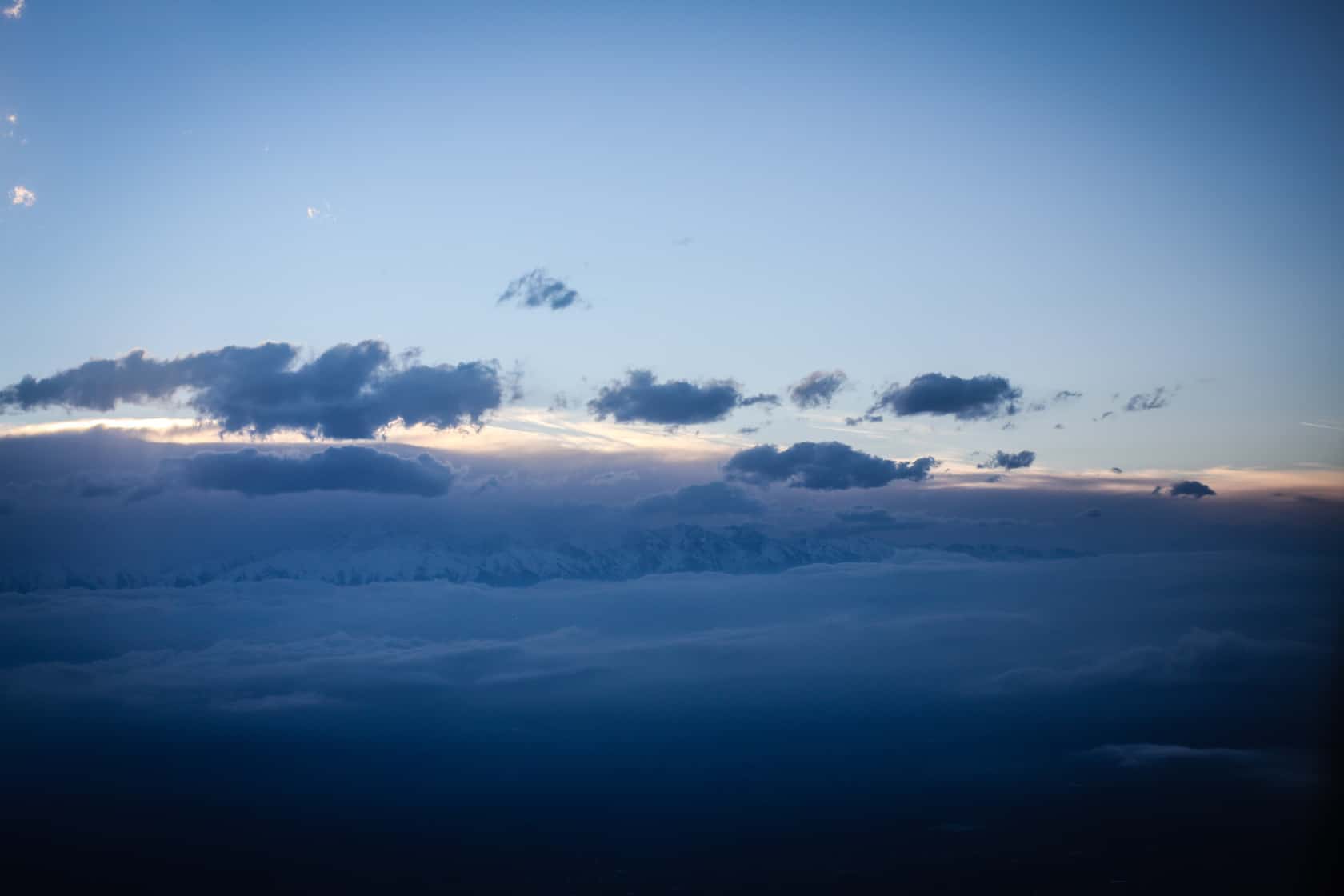
I arrived on a Monday night, and left on Wednesday night. Mendoza is a 45-minute flight from Santiago, Chile. A hop over the Andes Mountains, essentially.
On Monday evening, I went from the airport to a tapas restaurant called Zampa, where I promptly remembered why I never go to tapas restaurants: the teeny plates are ex-pen-sive, which doesn’t really jive with my ability to put away food.
But, I was already there. So I ordered one tapa (is it even ok to write “tapas” in the singular? Just looks sad) and a glass of vino. I wrote in my notebook, and enjoyed the atmosphere—the restaurant was cozy, warm with orange lights, and also empty because I’d failed to take the Argentinian schedule seriously; i.e. nobody really shows up to restaurants before 10:00 pm. Oops.
Tuesday and Wednesday were for exploring the city—first by running, then by walking, and finally on bike.
The items on my treasure-hunt list: try a regional wine, find a spot with a view of the city, locate a bike, eat a traditional food, eat a traditional dessert, discover a picnic spot and try Mendoza’s best ice cream.
RUNNING
I went for a rain-soaked run on Tuesday morning and used the ‘ol legs to explore the area. There’s something magical about running in hard rain, especially in a city that isn’t yours; everyone is putting their energy into escaping the rain, but you’re already soaked, so you just get to observe without being observed. As a tourist, this is a nice plot twist. Slip-sliding on the tiled sidewalks, I tore through the curtains of rain and watched the city live its morning. There were cafes filled with trapped locals, the closed-shuttered windows of tango studios. Rain pooled at the cross walks, six feet across; there were people in suits, kids in school uniforms, me in my 2015 UTMB t-shirt, all of us jumping across these pools on our ways to wherever.
WALKING
For the majority of my time in Mendoza, I walked the city with my camera. I wandered into wineries, and took photos of wines that I couldn’t afford. In one, the sommelier handed me a glass of wine to try while I wandered through the rooms—one room dedicated to each of the winery’s specialties.
In the 1850’s, vine cuttings were brought to Mendoza from France—it was because of this import that Mendoza is now world-famous for its production of Malbec, an originally French wine. This particular winery had a “Malbec room” dedicated to the variety; there was a chandelier, a fireplace and French doors. Malbec has done well for itself here in Mendoza.
Try a regional wine: check.
To cross off “view of Mendoza” from the treasure hunt list, I headed to the top of City Hall. It turns out that if you arrive before 6:00 PM, you can access the roof terrace for a free view of Mendoza and the nearby Andes. The terrace is filled with species of regional plants, with descriptions of their value and use in local foods. There’s even an “olfactory station” where you use a little plastic device to smell spices grown in the area. I was weirdly into this.

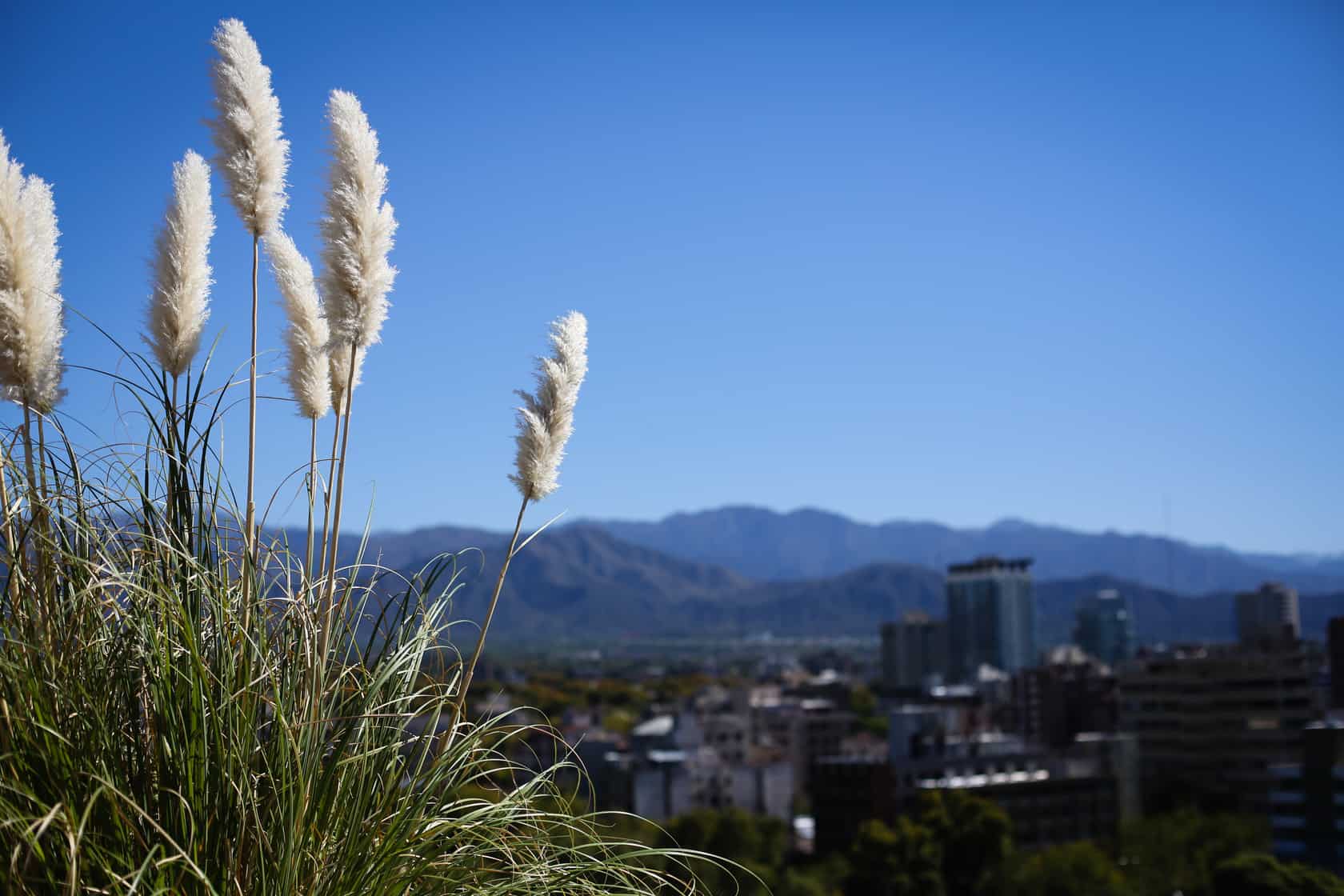
The next on-foot mission was food-related: to find a traditional food and dessert. Mwuahaha. This was no problem.
Earlier in the day, I’d photographed a cozy-looking restaurant that I assumed was out of my price range. But when I walked back past later in the afternoon, I checked the outside menu and realized that you could get: a main dish, a side, a dessert, a coffee, and a glass of wine for the equivalent of $8.50 USD. Ehem.
…I spent two solid hours in said restaurant, sitting in a blue velvet chair (not kidding) and journaling and watching the rain fall outside. In the spirit of ordering something traditionally Argentinian, I got beef. Also white wine. I think those don’t go together but nobody said it all had to be traditional.
Afterwards, there was dessert to conquer. I thus found an alfajor in a mini market. An alfajor is essentially two cookies with dulce de leche in the middle, sandwich-style. Also it’s dipped in chocolate. Also they’re very good and I got two.
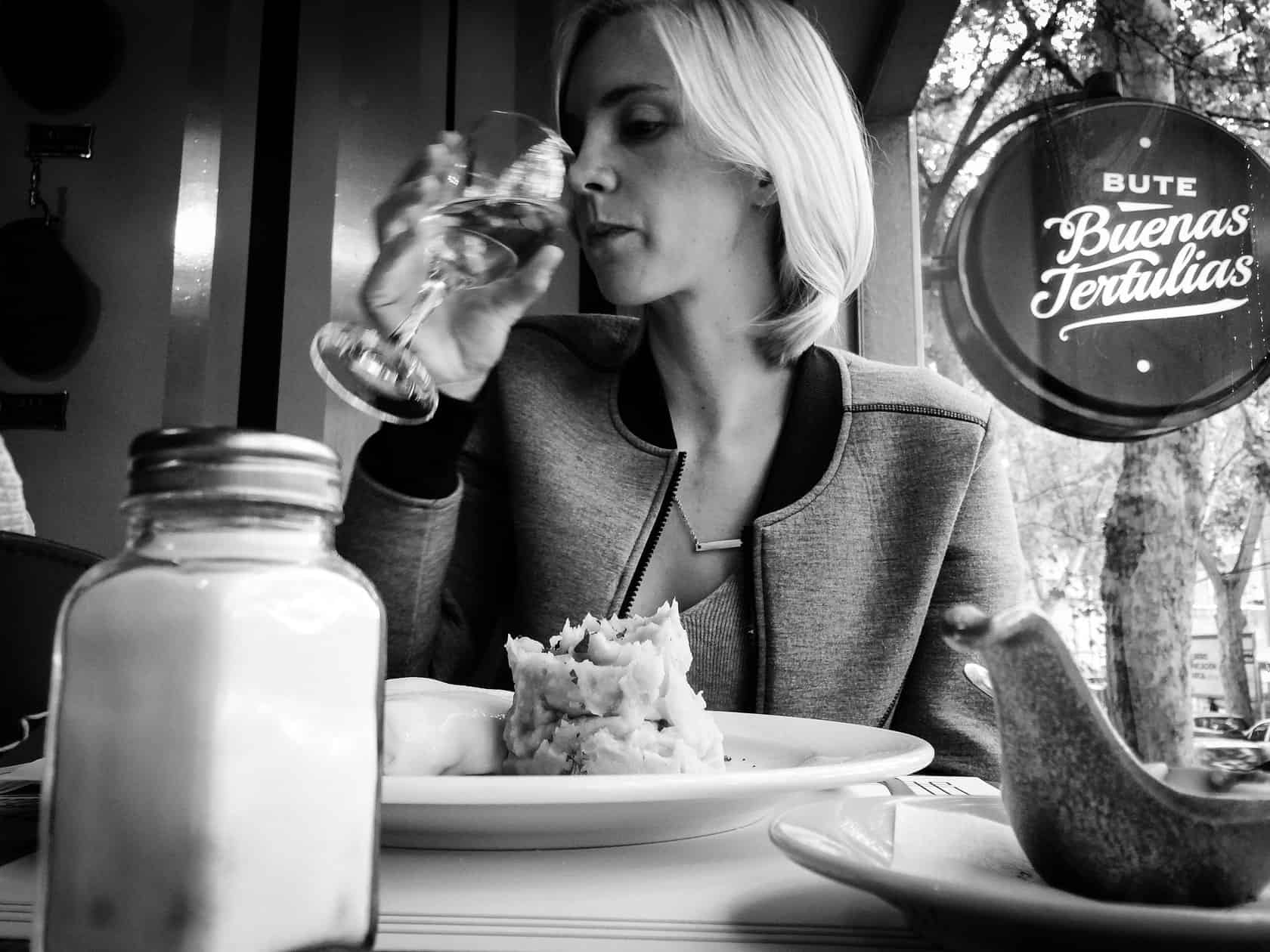
BIKE
Having spent Tuesday on the feet, Wednesday was spent on a bike. In searching for a bike to complete my lil’ Mendoza hunt, I realized that the city offers free bikes in exchange for a photocopy of your passport. Done and done. Handed over a copy of my passport mugshot (the photo is awful, was taken in a Walgreens while living in a car last autumn…I put on lipstick to try to “spice up” my car-living look and instead look like The Joker) and was handed a little green bike. With a bell! And a mirror! And a free helmet! This was such a great upgrade from the Santiago city bikes, which look like they’ve been ridden through an asteroid belt and have sticky handlebars 90% of the time.
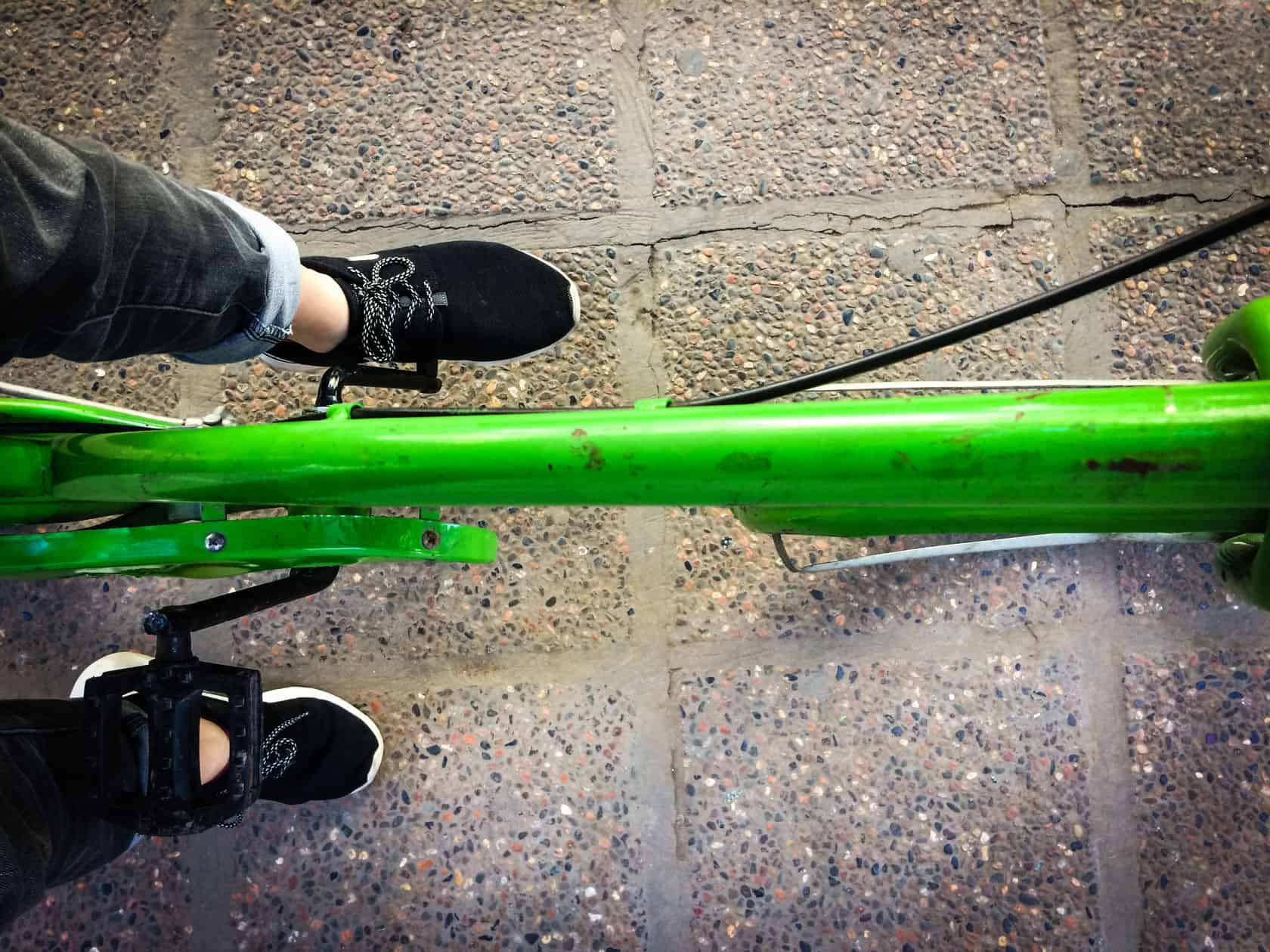
With my new friend Green Bike, I set out to complete the next hunt task: picnic. I’d already hit up a supermarket for supplies, and in the end, I settled on the city’s main square—Independence Square—as the best picnic spot.
Ok, “supermarket,” “supplies,” maybe a bit of an overstatement. At the time of the picnic I’d nearly reached the end of my Mendoza budget, and so the picnic was really just me and Green Bike and some veggies, bread, and a strange cheese/cream item that I put on top of said bread.
In the supermarket I’d asked a nearby couple in the dairy aisle for clarification on what the cheese/cream product was; I still have no clear answers, but it was delicious. Me: ”Is it like ricotta?” Supermarket couple: “Ummmm…” Me: “Can I eat it on bread?” Them: “….it’s for cooking. Like to put in desserts. It’s very fatty.” Me to cheese item in hand: “Alright baby let’s dance.”
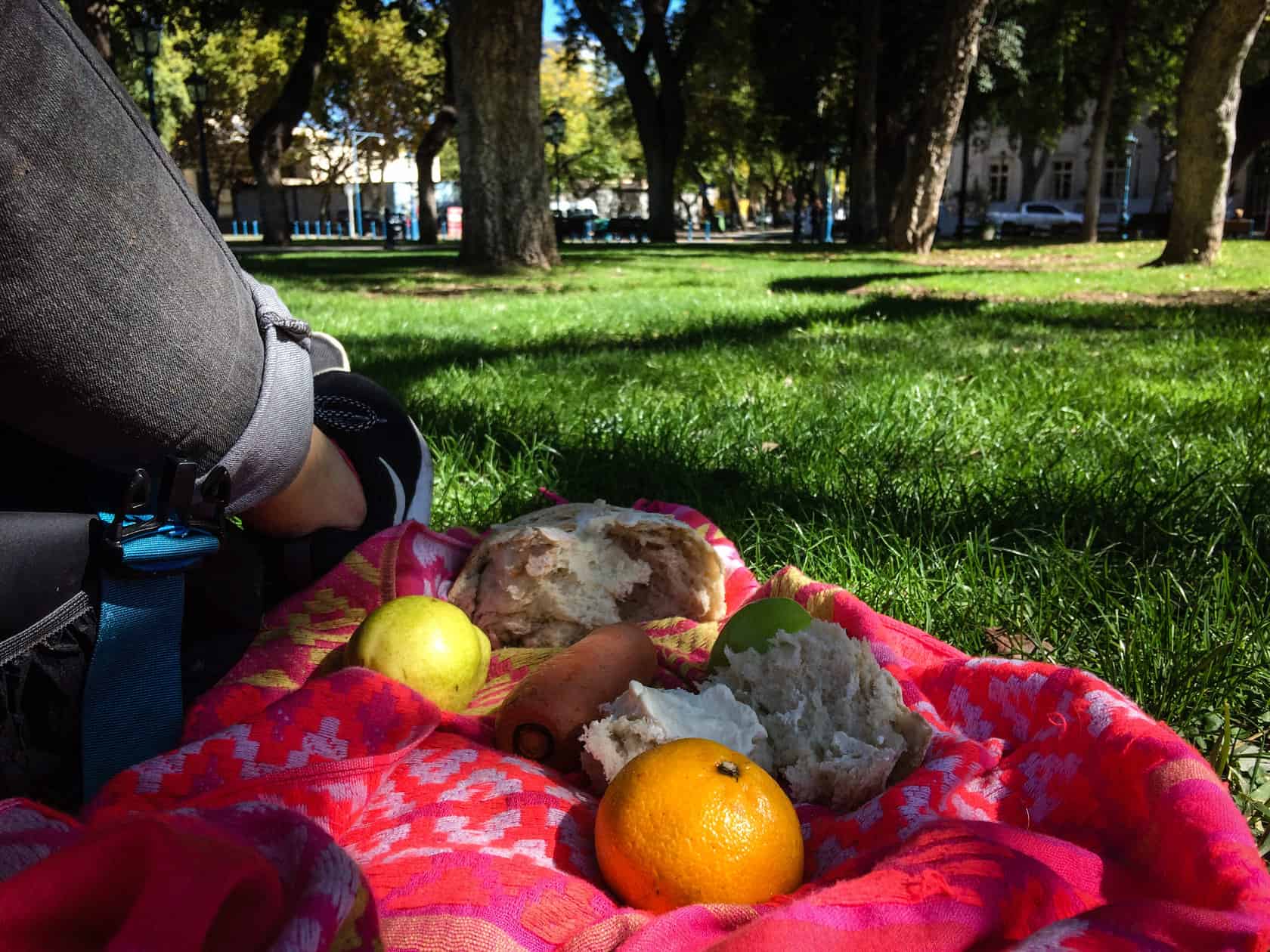
The final Mendoza-item to find: the city’s best ice cream. In the end, the winner was an ice cream joint called “Ferriccio Soppelsa,” and has been serving cones in Mendoza since 1954. It was founded by a family of Italian immigrants who moved to Mendoza in 1927. (Argentina had a huge number of Italian immigrants from the late 1800’s until the 1940’s; this is evident demographically, culturally and culinarily in Argentina.)
Ferriccio Soppelsa has kept the original ’50’s decor, and their employees wear the same style of uniforms as they did 65 years ago. They serve over 42 kinds of ice cream…including three that are Malbec-based.
This brings me to the end of my 48-hour wandering of Mendoza. In the end, it was a bit of a non-traditional trip for me—usually, a trip for me is (first and foremost) only for work, and secondly usually involves some sort of physical exertion (re: most recent trip to Cerro Castillo.) Ah, and, I’m usually with other people, based solely on the nature of my work. However, these two days in Mendoza were fabulous not only for their change of scenery, but for their offering of alone time. It was wonderful to spend two days wandering a city alone with my camera. Silence, peace, writing. Another kind of adventure.
Check out more FitWild Adventures by Kirsten Kortebein here: http://fitwild.wpengine.com/au thor/kirsten-kortebein

